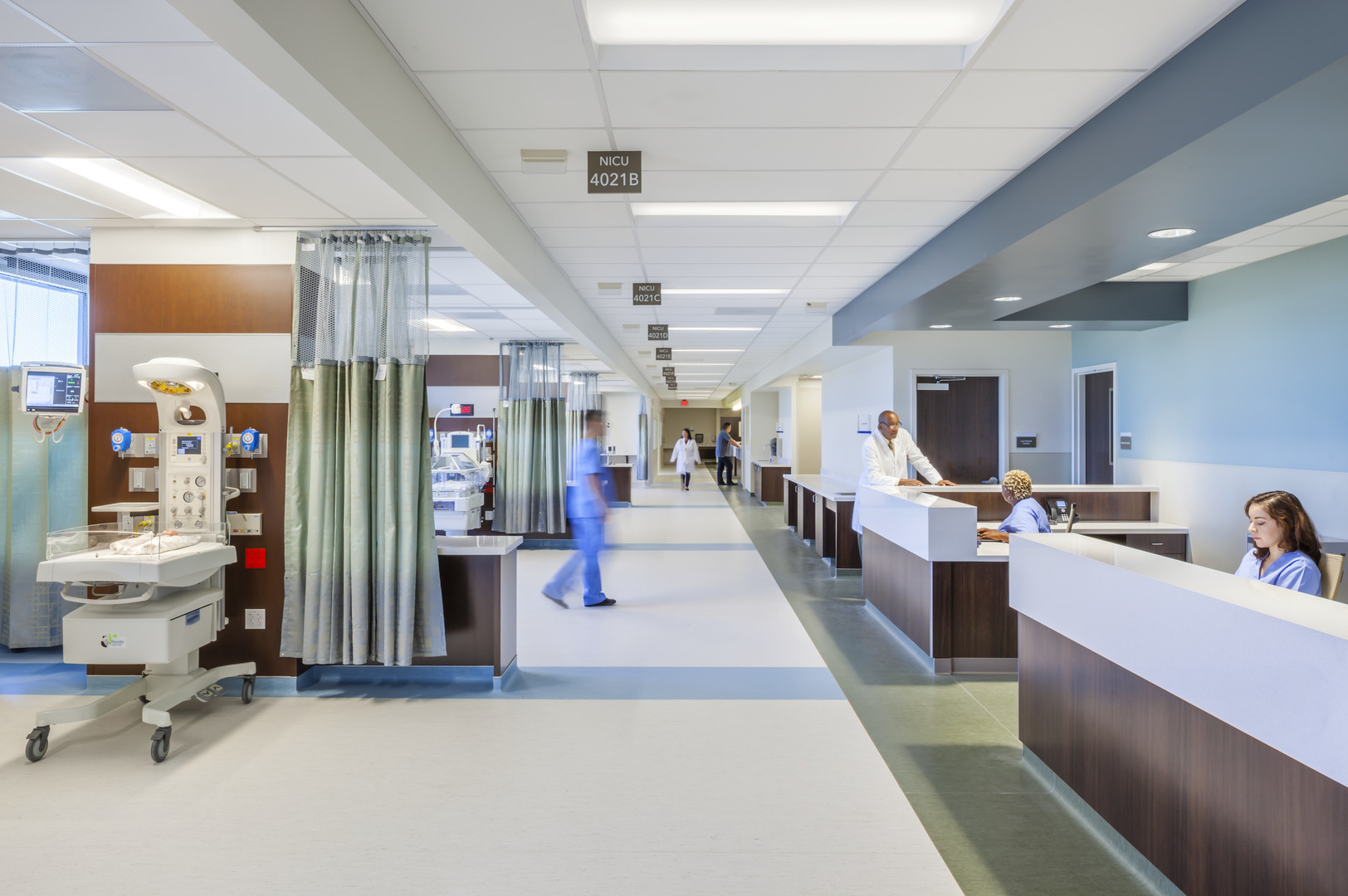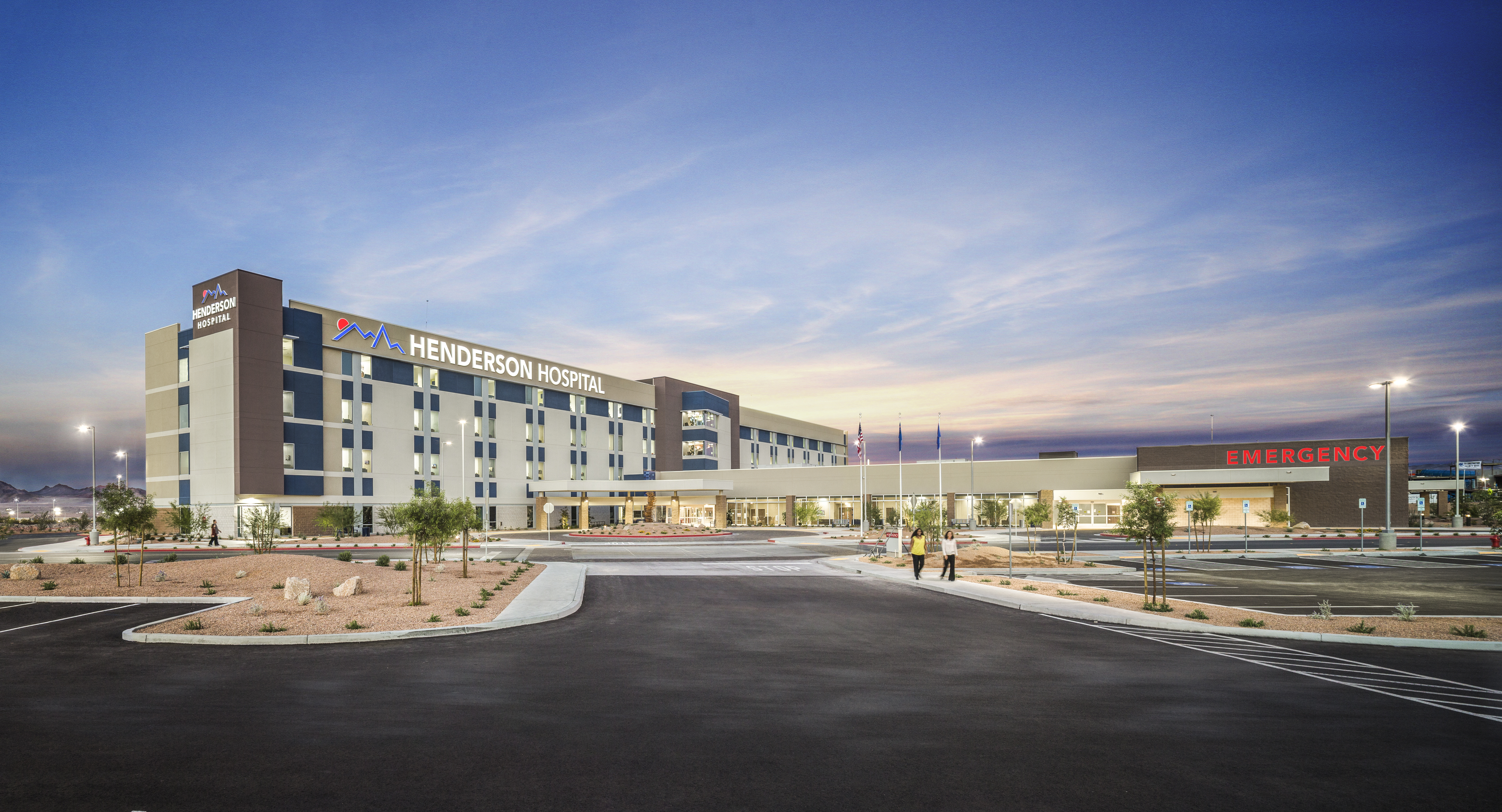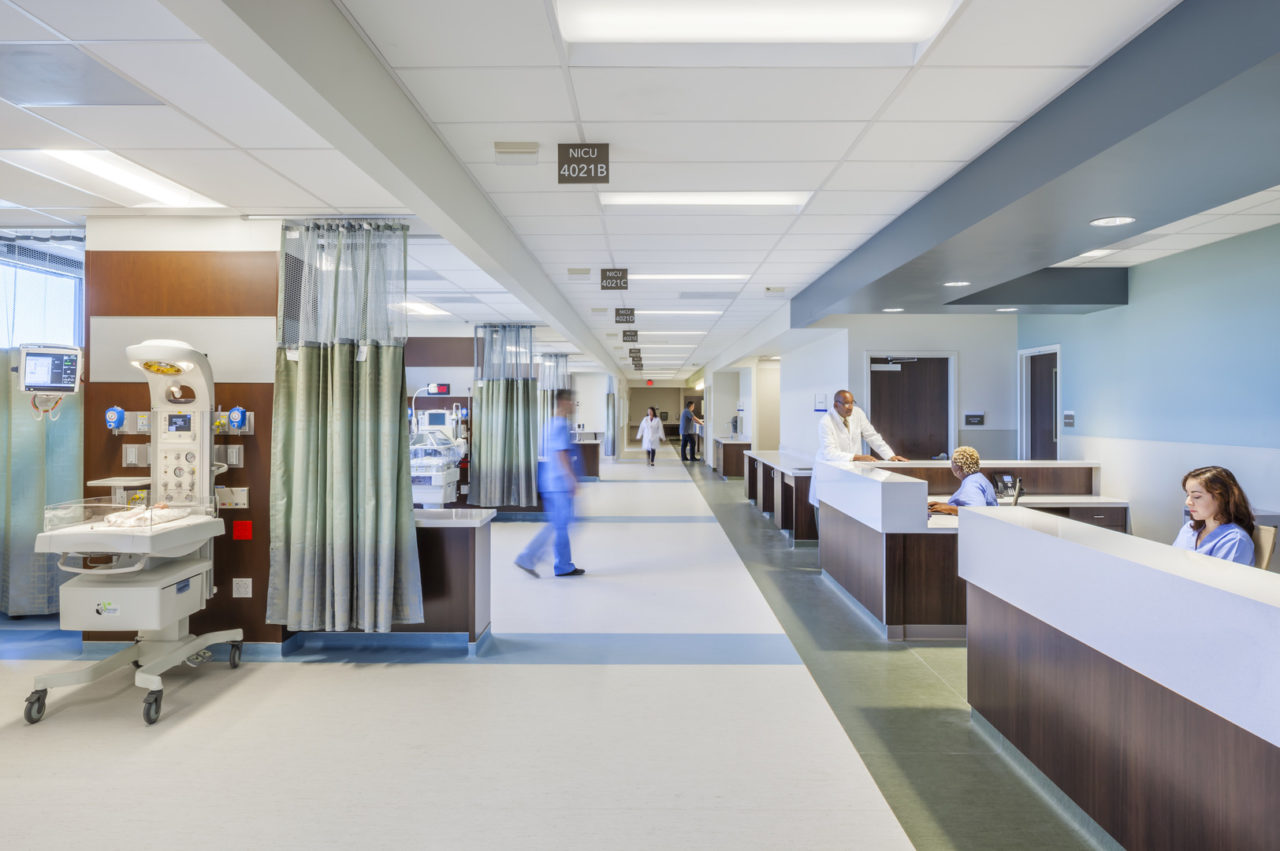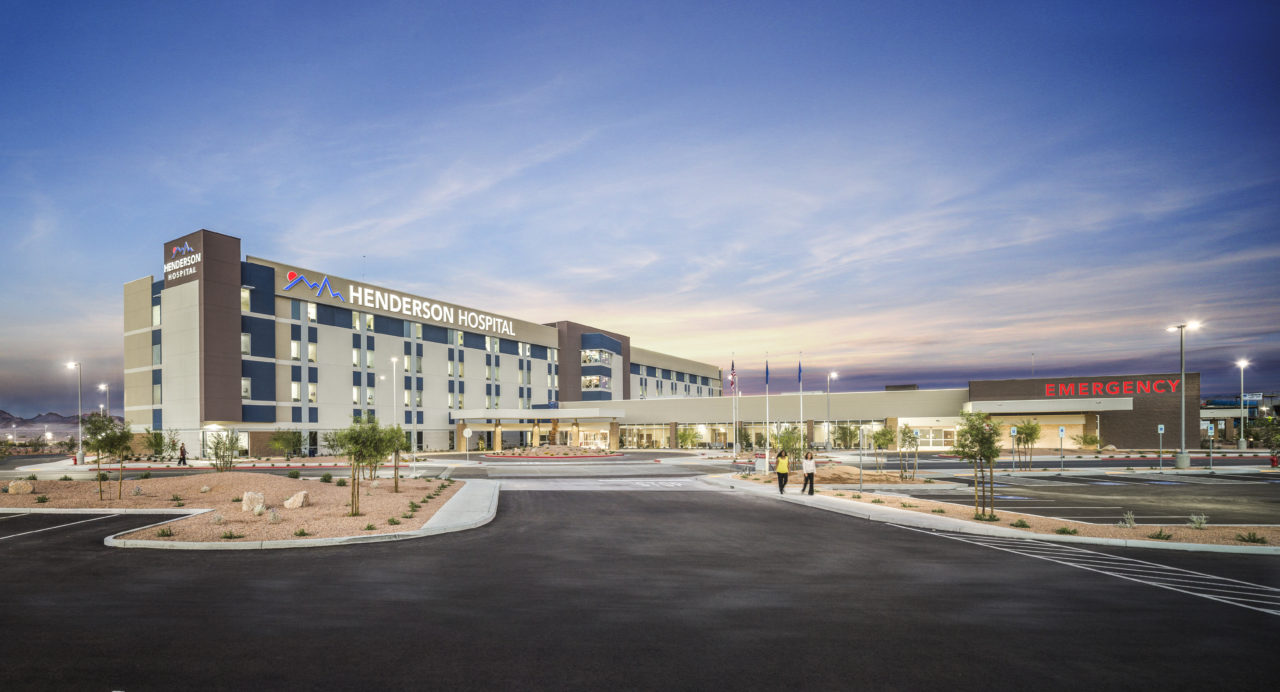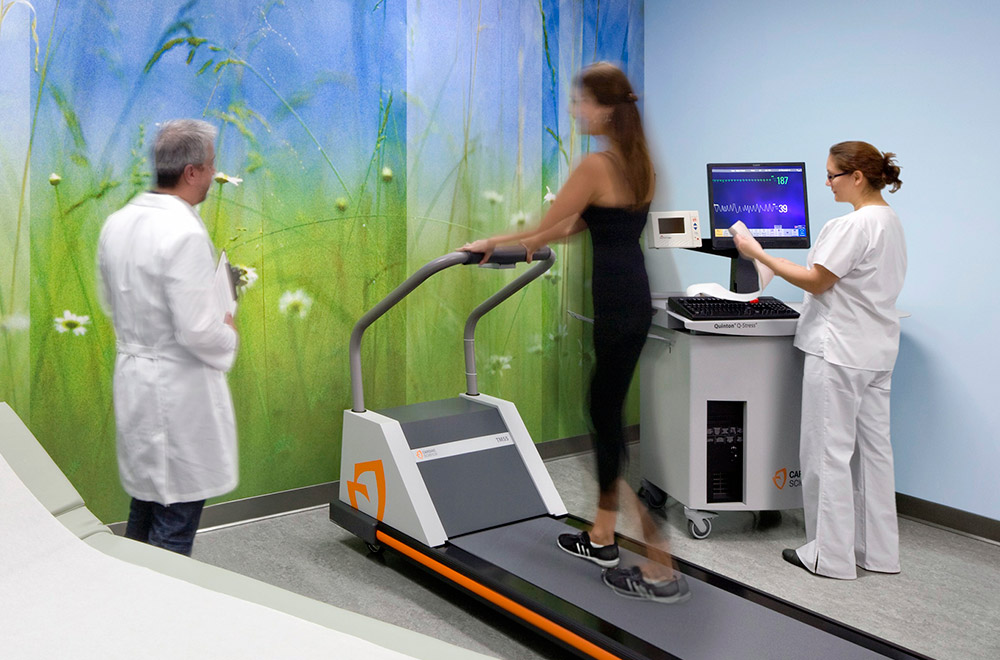Whether designing a new hospital or renovating an existing one, healthcare administrators are always looking for ways to improve operations. By working closely with an architect and looking critically at the current operations system, they can achieve their goals by implementing Lean design.
Healthcare Lean design is the process of improving care quality, efficiency, and patient and staff experience by eliminating waste, improving productivity and flow, and increasing end-user value.
At HMC Architects, we’ve found that Lean design in healthcare is not just based on planning and construction strategies, but also, critically, on adoption of a new facility operations plan by facility operators and staff.
Lean Design in Healthcare Operations Requires Staff Buy-In
Operational efficiency of a healthcare facility relies on employees who are motivated to follow the improvement plan. Motivating staff can be a difficult task, however. Success means employees must modify their old behaviors and adopt new processes to meet amended expectations. No matter how good a plan is, if employees resist change and don’t fully buy in, the facility won’t perform as designed.
Lean Building Design Tactics for Healthcare Facilities
In healthcare facility design, several Lean tactics, including target-value design, can be used to eliminate waste. We always consider target value early in the design and include operating staff in this process in order to make them shared stakeholders in critical value-based decisions. Using this technique, increases in one aspect of the design beyond an established target would require a reciprocal decrease in another. The opposite is also true.
For example, a building’s structural systems—very important and expensive components of the design—are typically not reviewed with staff. By working closely with structural engineers and planners, our team is able to come up with an efficient column grid module and bracing system that can reduce the expense of the structure well below the original target. The money saved can then be spent on other features, including better finishes and higher-end lighting to positively enhance the patient experience.
When proposing a change in an operation process to improve efficiency we use several high-tech tools to help administrators envision a Lean design project and discover the impacts on the environment. Building information modeling (BIM), 3D modeling, and virtual and augmented reality provide our teams with the insight needed to plan, design, visualize, and ultimately manage buildings more efficiently. Digital simulation models can clearly show differences between a current operation design performance and a prospective one. For example, by inputting known data, such as patient-to-nurse ratios, current patient waiting time, length of stay, and room occupancy rates, we can discover the best ways to improve throughput, eliminate unnecessary steps, and maximize access and use of equipment, spaces, and staff. When designing new facilities that lack the constraints of existing hospitals, models can also be used to create operations manuals before staff is even hired.
Lean Design Healthcare Projects
HMC Architects has a great deal of experience using Lean design in healthcare facility projects. To demonstrate our commitment to the practice, we use a concept known as kaizen, which in Japanese means “change for the better.” As we proceed from design phase to phase and from healthcare project to project, we continually learn and make incremental changes as a result of this constant improvement. Using kaizen, we discover new Lean tools and processes, time and time again, and learn how to improve our own productivity and reduce client costs.
At the Temecula Valley Hospital in Temecula, California, we employed a collaborative and integrated project delivery approach to create one of the most cost-efficient hospitals in the state. While most hospitals in California cost around $1.5 million per bed, we were able to build a 140-bed facility for an impressive $144 million using Lean design principles. Additionally, the project schedule and budget goals were incentivized: If the team completed the project ahead of schedule and within budget, they’d be rewarded with enhanced profits. The challenge proved extremely motivating—and successful for the team.
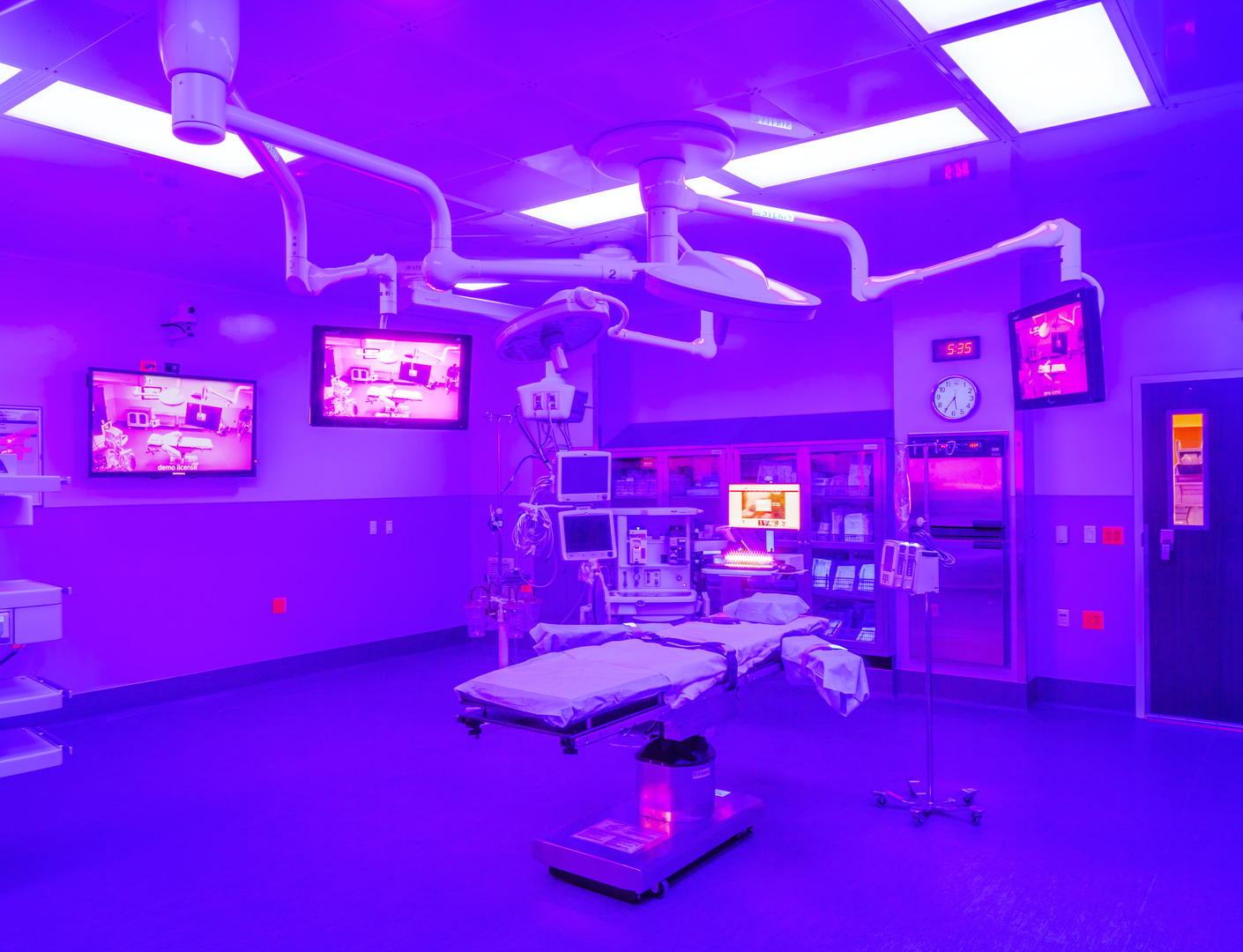
At Henderson Hospital in Henderson, Nevada, our Lean approach included using prefab and on-site modular construction to streamline the building process, which resulted in project completion in just under 27 months. The collaborative efforts of an integrated design-build team, which consisted of our own designers, the client, contractors, and several trade partners, earned Henderson Hospital the Design-Build Institute of America’s Distinction Award. The award recognizes finished projects that utilized design-build strategies and exceeded client expectations.
In our efforts to design Lean with an eye on the human experience and the future of healthcare, we made several innovative design choices at Henderson Hospital, including the implementation of built-in narrow spectrum infection-control lighting in key treatment and operating rooms. As a result, these rooms are expected to set the highest standards for patient safety and infection control.
HMC has been incorporating Lean design in healthcare facilities since 1940, and we are passionate about providing services that deliver high value to our clients. To learn more about healthcare design and how Lean practices can improve operations, contact HMC Architects today. For specific questions about using Lean design in your healthcare facility, email George Vangelatos, Design Principal, directly. He will be happy to discuss your project with you.
